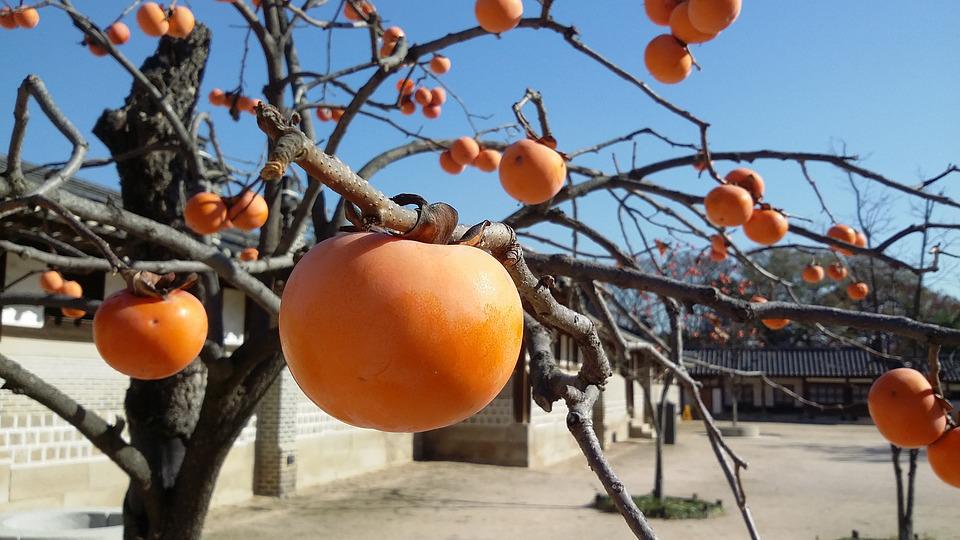



Article by: Hari Yellina
The persimmon orchards in Victoria’s north-east begin to pop with brilliant orange trees when the air becomes chilly and the sky becomes gloomy. They’re a unique fall fruit with a tomato-like form and flesh that tastes like an apricot or pear. Grower Frank Primerano of Buffalo Creek Orchards stated they were difficult to define. Mr Primerano described it as “a bit like a pear, but you consume it like an apple.” “It has its own peculiar flavour; you won’t know unless you sample it.” Persimmons are Mr Primerano’s main source of revenue, with over 3,000 trees producing 100-125 tonnes per year. After tobacco planting in the area, he stated they switched to fruit farming. “We used to be tobacco farmers, but that industry went out of business in 2006, so we had to find another crop to plant because we couldn’t keep farming otherwise.” “We started with 200 trees and it grew and grew since my brother-in-law grew persimmons in Whorouly.”
Mr Primerano claimed he couldn’t sell persimmons for enough to cover his growing costs when he first started cultivating them 16 years ago. “When we first started, demand wasn’t great,” he explained. “We were actually losing money because we sold the first package for less than cost.” The demand was turned around by a new kind that was tastier and simpler to eat. “There’s a lot more demand now — previously, there was an astringent kind that everyone knew about that you had to let go soft to eat; now, there’s a non-astringent version that you eat like an apple.” “A lot more Australians are starting to learn about other fruits.” Persimmon farmers have also increased in recent years, according to Mr Primerano. “It’s grown in the last five years; there are now a few more farms cultivating persimmons around Myrtleford, Swan Hill, Shepparton, Barooga, and Renmark.” “I believe famers are realising the potential for profit and are taking a chance.”
Roger Arnold is currently farming persimmons on his South Albury property after retiring from selling fruit and vegetables in Wodonga. He has 300 fruit trees that generate approximately six tonnes of fruit each season, which he sells through his family’s store. Mr Arnold explained, “A buddy of mine was growing them in Tallangatta, and I thought I’d plant some as a hobby.” “That was more than 20 years ago, and today I’m experiencing the benefits.” “It keeps me occupied and on my toes.” Mr. Arnold and Mr. Primerano agreed that the most difficult aspect of growing persimmons was keeping birds away. Mr Arnold claimed that his farm dogs assisted him in guarding the trees.
Mr Arnold explained, “I have three kelpies, and they all eat persimmons, which they pluck from the tree.” “When they bark and scare the birds away, they make good scarecrows.” “We probably lose roughly 20% of the fruit each season to birds, but I’m not too concerned because they’re typically too high to pick anyhow.” Mr Arnold acknowledged that being on the other side of the produce business had given him a new respect for farmers, and he stated that he would continue to raise persimmons. “Well, I’ll keep doing it as long as I can.” “The main expense is labour, and you need to acquire a minimum price of $2 per kilo to make it worthwhile.” “I’ve always bought fruit and resold it, now I understand how the weather can knock things around, and how difficult it is.”